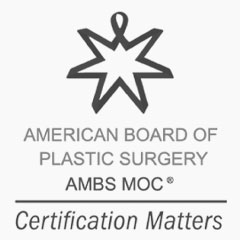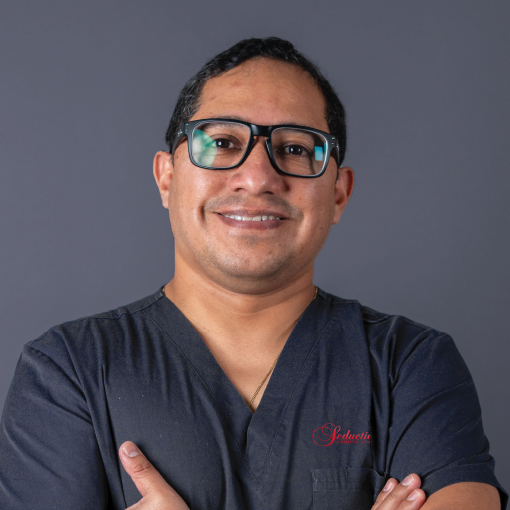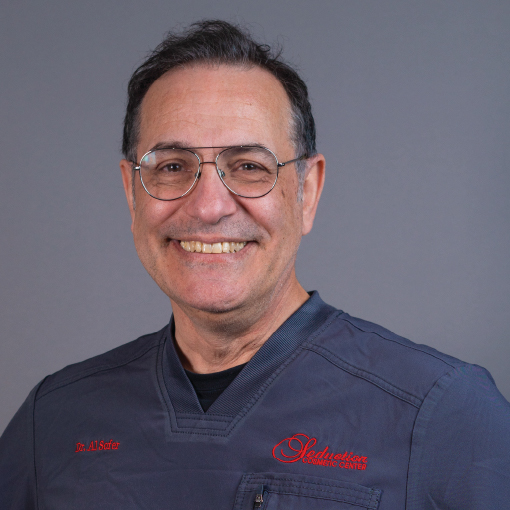
Plastic Surgery Miami
Transform Your Beauty, Embrace Your Confidence
Hurry! Pre-Approved Financing Available

Rated 4.5/5 by hundreds of happy patients who have achieved the look of their dreams.
Trending Plastic Surgery Miami
Expert Plastic Surgery in Miami, FL
Join the trend of enhancing your natural beauty with expert Plastic Surgery in Miami, FL. Seduction Cosmetic Center offers a variety of procedures to help you achieve the look you desire, ensuring you stand out on the best beaches and in the vibrant nightlife of Miami.
Don’t miss out on feeling confident and beautiful. Embrace the opportunity to enhance your features and boost your self-esteem with top-notch plastic surgery services in Miami.
Before and After Our Clients
Rated 4.5/5 by 1300+ Happy Patients
Hurry! Pre-Approved Financing Available
Our Team of Board-Certified Plastic Surgeons in Miami Florida
Personalized Plastic Surgery In Miami
At Seduction Cosmetic, we understand the importance of your well-being. Our team of certified plastic surgeons in Florida is dedicated to providing you with the best results while ensuring your safety and satisfaction.
With the latest innovations in surgical and non-surgical cosmetic care, our experts deliver personalized plastic surgery in Miami that will enhance your body and boost your confidence.
Trust the best plastic surgeons in Miami at Seduction Cosmetic for a transformation that exceeds your expectations.
Top Plastic Surgeons in Miami












Plastic Surgery Miami Reviews
Rated 4.5/5 by 1300+ Happy Customers
Miami Plastic Surgery for Men and Women
Why Choose Our Miami Plastic Surgery Clinic?
Welcome To Seduction Cosmetic Center
Seduction Cosmetic is a trusted Plastic Surgery Center with over 15 years of experience, conveniently located in the vibrant city of Miami, Florida. We specialize in a wide range of cosmetic procedures including Brazilian Butt Lift, Breast Augmentation, Liposuction, Mommy Makeover, Tummy Tuck, and more.
We have the best and the most experienced certified plastic surgeons in Miami and world-class facilities with state-of-the-art equipment to provide you with the best service and result.
✅ Pre-Approved Financing
✅ Personalized Plastic Surgery
✅ Convenient Locations In Miami
Hurry! Pre-Approved Financing Available
State-of-the-Art Miami Plastic Surgery Facility
✅ Cutting-Edge Surgical Equipment
✅ Sterile and Safe Environment
✅Comfortable Recovery Suites
Hurry! Pre-Approved Financing Available
Our Financing Options
Cosmetic surgery is no longer the domain of the rich and famous. Today, in our Miami Surgery Center, anyone can afford to enhance their appearance and self-esteem. However, it’s crucial to do not endanger your health by opting for Cheap Plastic Surgery Miami.
We’re fully aware of how crucial the costs of your procedure are in determining your choice to move forward with cosmetic surgery. Our financing options are designed to make sure you can achieve your aesthetic goals safely and with confidence in the expertise of our team.
- We have the Best Plastic Surgeons in Miami for BBL
- We have the Best Plastic Surgeon in Miami for Breast
- We have the Best Plastic Surgeon in Miami for Tummy Tuck
- We have the Best Plastic Surgeon in Miami for Mommy Makeover
Hurry! Pre-Approved Financing Available
Frequently asked questions
Plastic surgery is cheaper in Miami due to competitive market forces, high demand attracting skilled surgeons, and the city’s lower cost of living, leading to cost-effective procedures.
Miami is a popular destination for Plastic surgery because it has a high concentration of experienced surgeons, a warm climate that is ideal for recovery, and a lower cost of living than many other parts of the country.
Miami has become one of the most popular cities for people who want to get plastic surgery done because it is cheaper and faster than anywhere else in the United States.
According to Statista these are the Average Costs of the main cosmetic surgical procedures in the US 2021.
Miami is the place to go for cosmetic surgery. Miami is well-known for its warm weather and beautiful beaches, making it the perfect getaway for surgery recovery. The city offers a wide variety of hotels, plastic surgery clinics and plastic surgeons to help you recover. If you’re looking for a high quality of care with low costs, Miami is a great place to consider!
There are a few things to consider when searching for a good Plastic Surgeon in Miami; such as reviews, work experience, pictures of before and after and certifications from The American Board of Plastic Surgery.
These are the most common plastic surgeries according to Trends Report Cosmetic Surgery 2022 https://www.plasticsurgery.org
Top 5 Surgical Procedure:
- Liposuction
- Facelift
- Breast Augmentation
- Tummy Tuck
- Breast Lift
Cosmetic Surgery like Plastic Surgery deals with improving the body of a patient. Cosmetic surgeries are focused on enhancing appearance. Plastic surgeries are focused on repairing/correcting defects in order to reconstruct a normal function and appearance.
Surgeons use anesthetic during surgery. The recovery process always involves a degree of pain and discomfort. Analgesics help reduce pain and discomfort during this period by reducing inflammation and swelling.
According to RealSelf data analyzing U.S. The city with the highest concentration of Plastic Surgeons, Miami topped the list with 8.3 Plastic Surgeons per 100,000 residents in 2018.
According to the 2020 International Society for Aesthetic Plastic Surgery (ISAPS) survey, the ten countries that perform the most cosmetic surgeries and procedures are the following:
- USA
- Brazil
- Germany
- Japan
- Turkey
- Mexico
- Argentina
- Italy
- Russia
- India
Contact Our Miami Plastic Surgery Clinic Now
If you live in Miami Florida and are looking for the Best Plastic Surgery in Miami FL, you can book a totally free consultation today. Don’t wait any longer to start your journey towards enhanced beauty.
Plastic surgery near me, we are waiting for you
Come visit us at our Miami Aesthetic Center to experience what sets us apart from other companies. We are located in the heart of Miami on the emblematic Calle 8.
Our Location:
4950 SW 8th St, Miami, FL 33134
Office Hours:
Monday through Friday 9:00am – 6:00pm
Saturday 9:00am – 2:00pm
Sunday closed
Phone:
(305) 406-9055






















